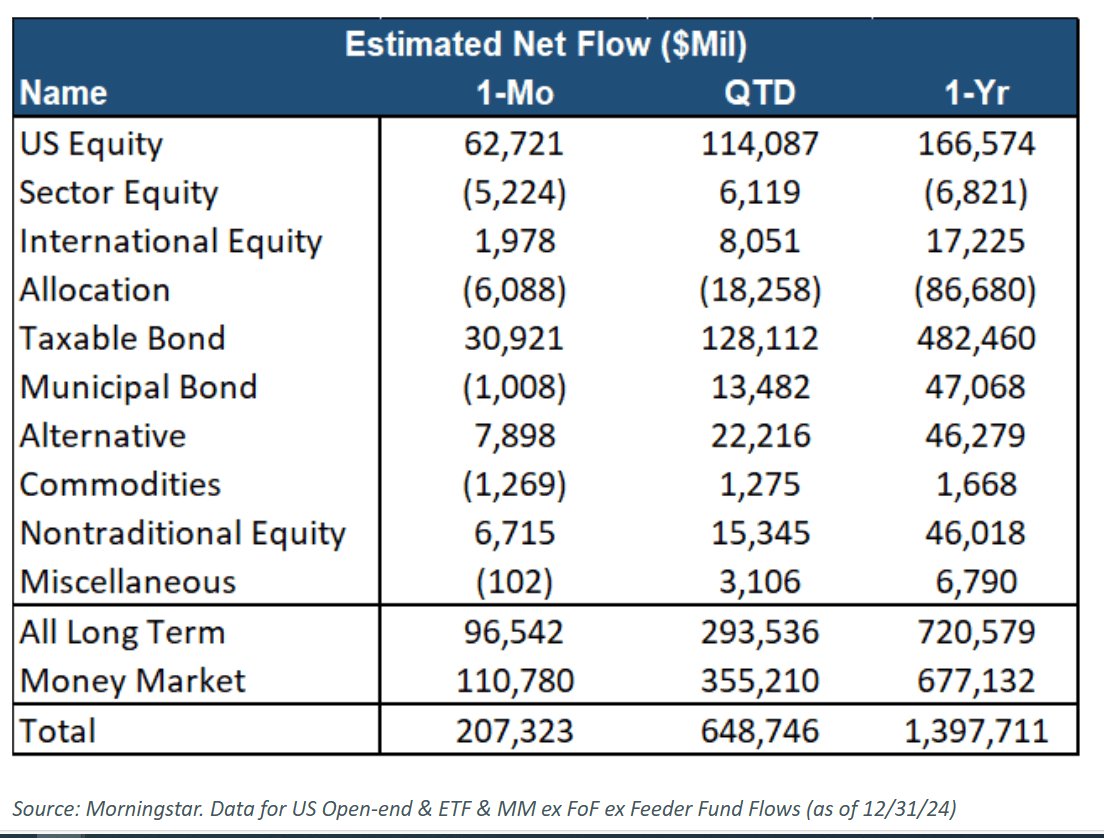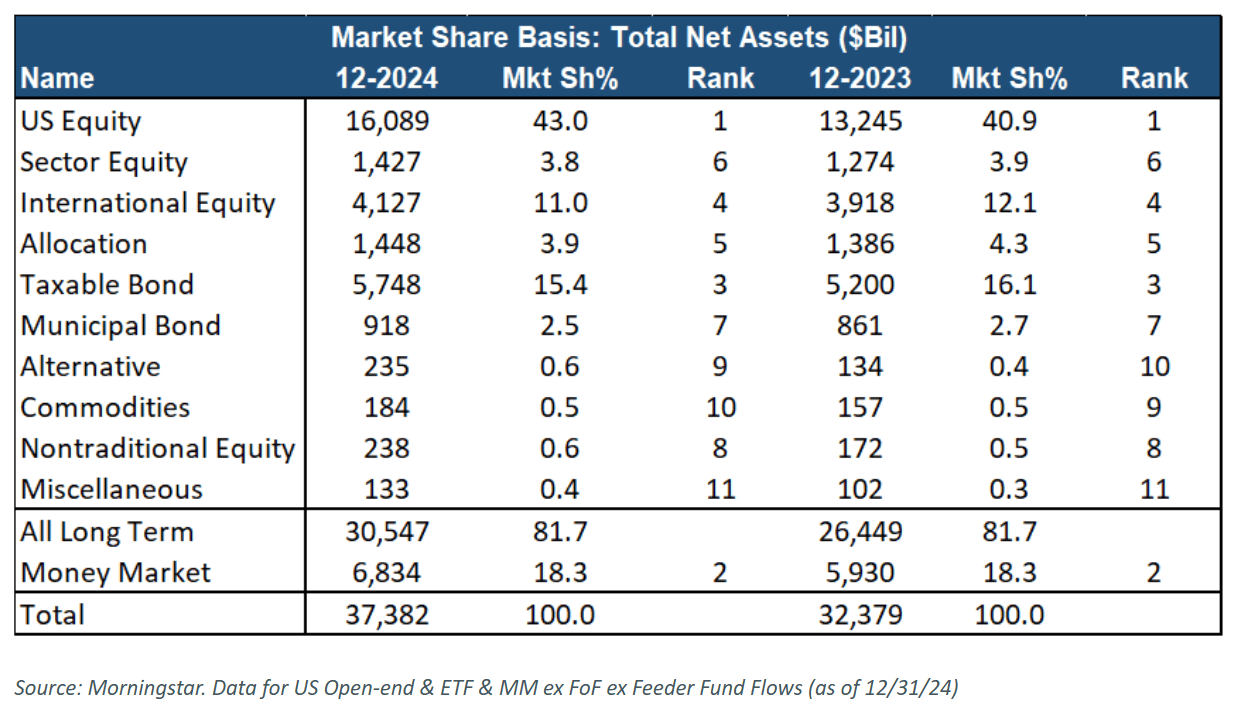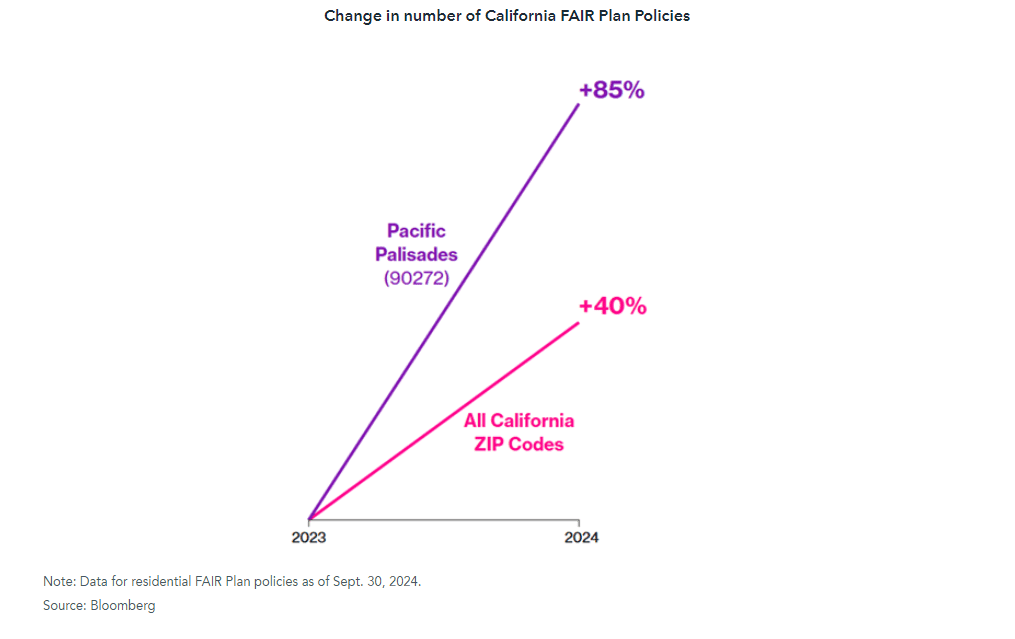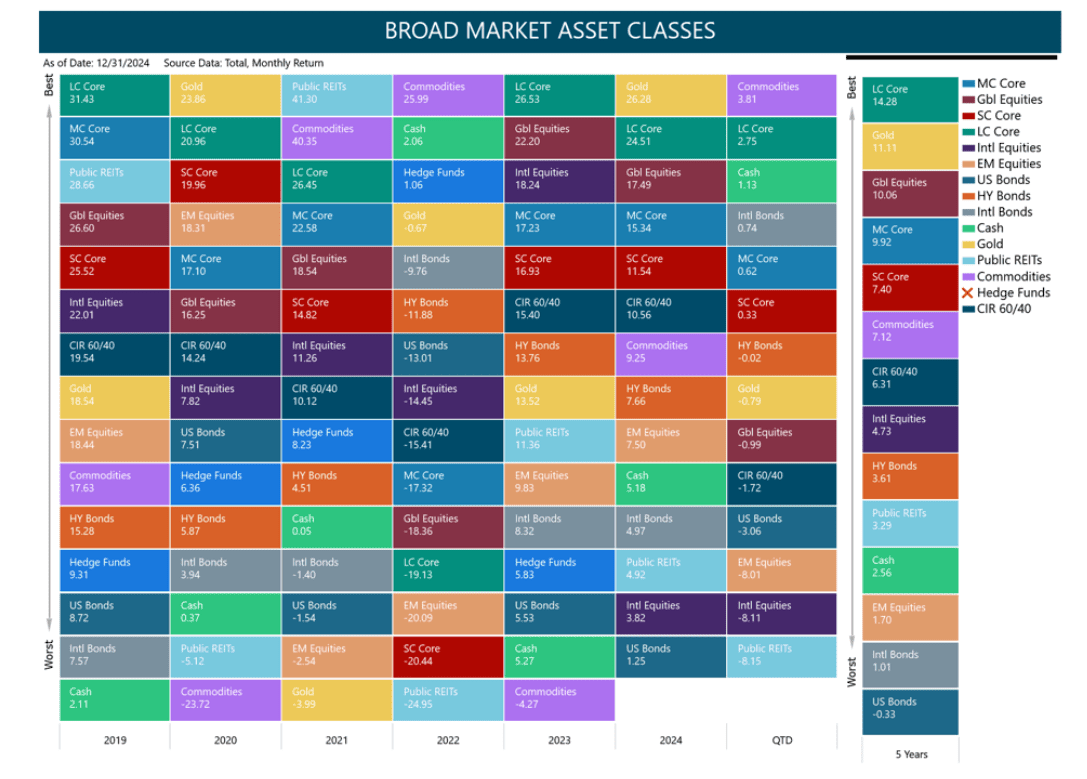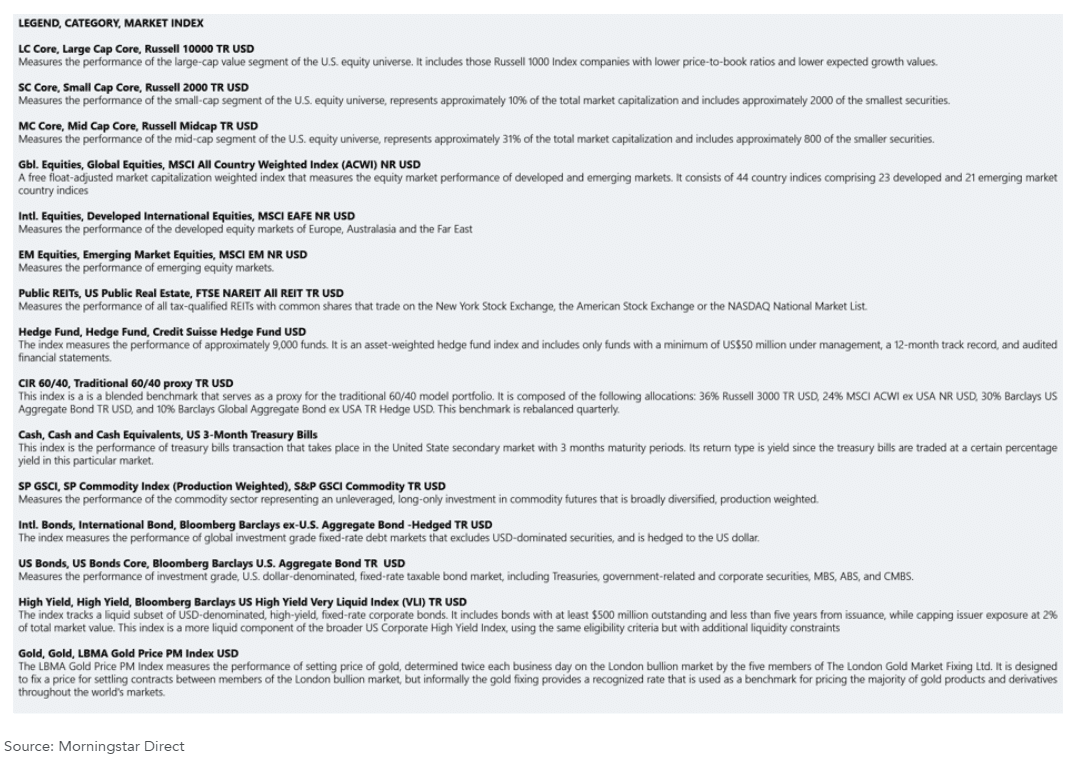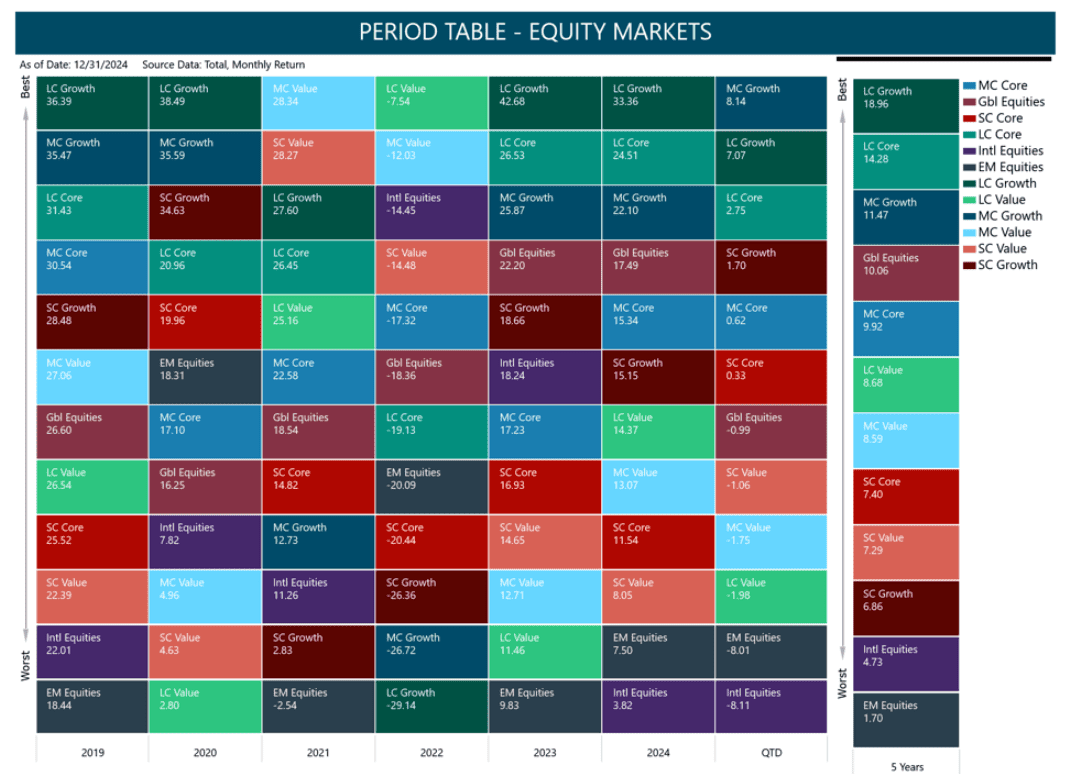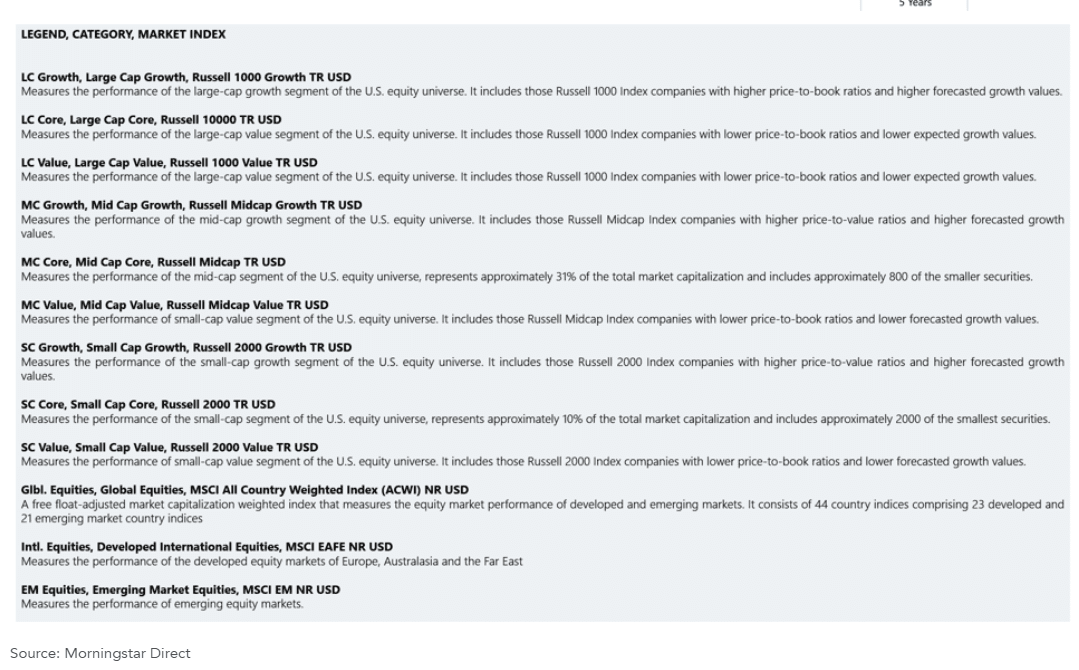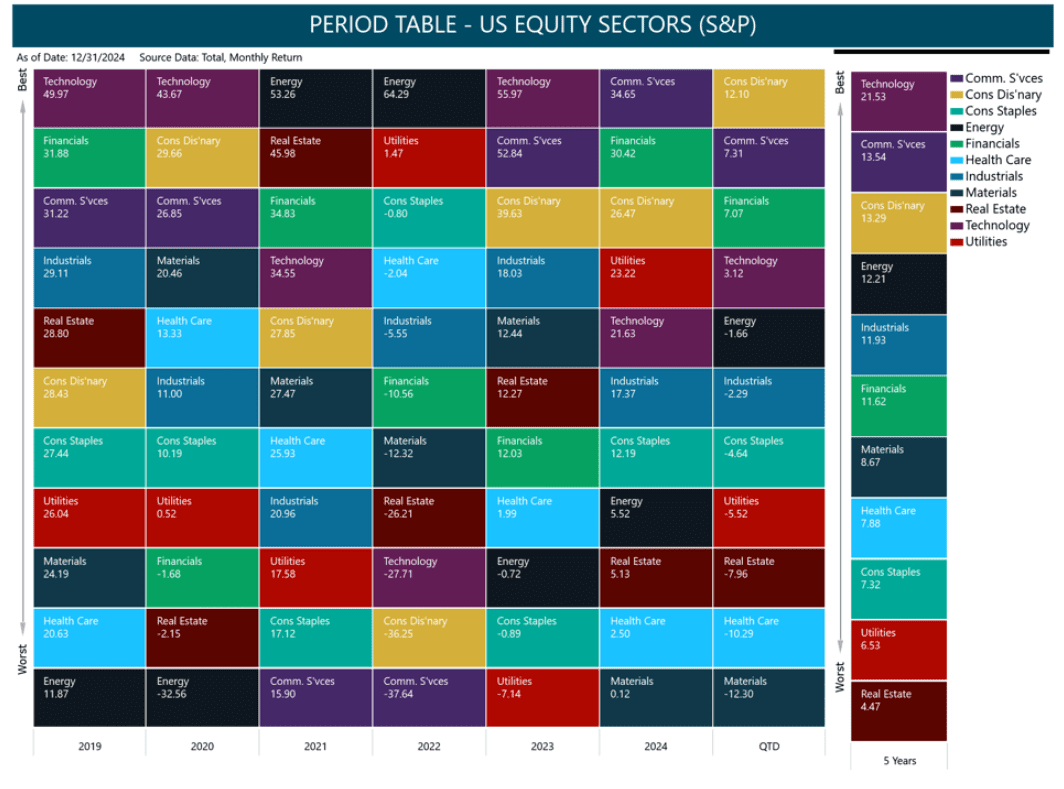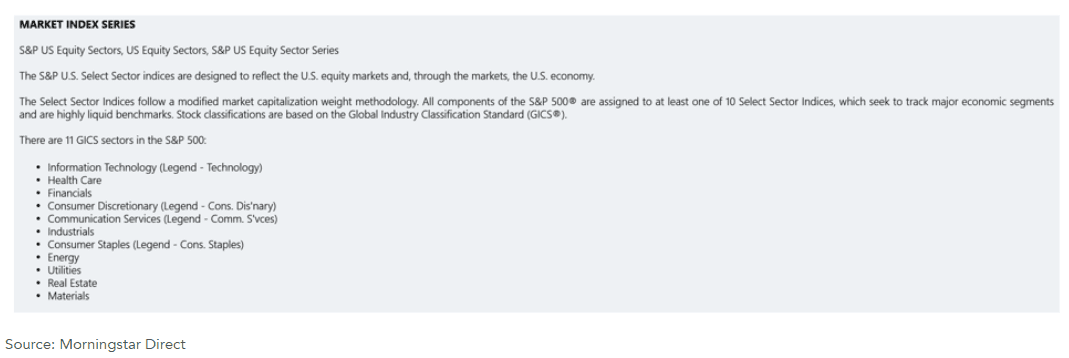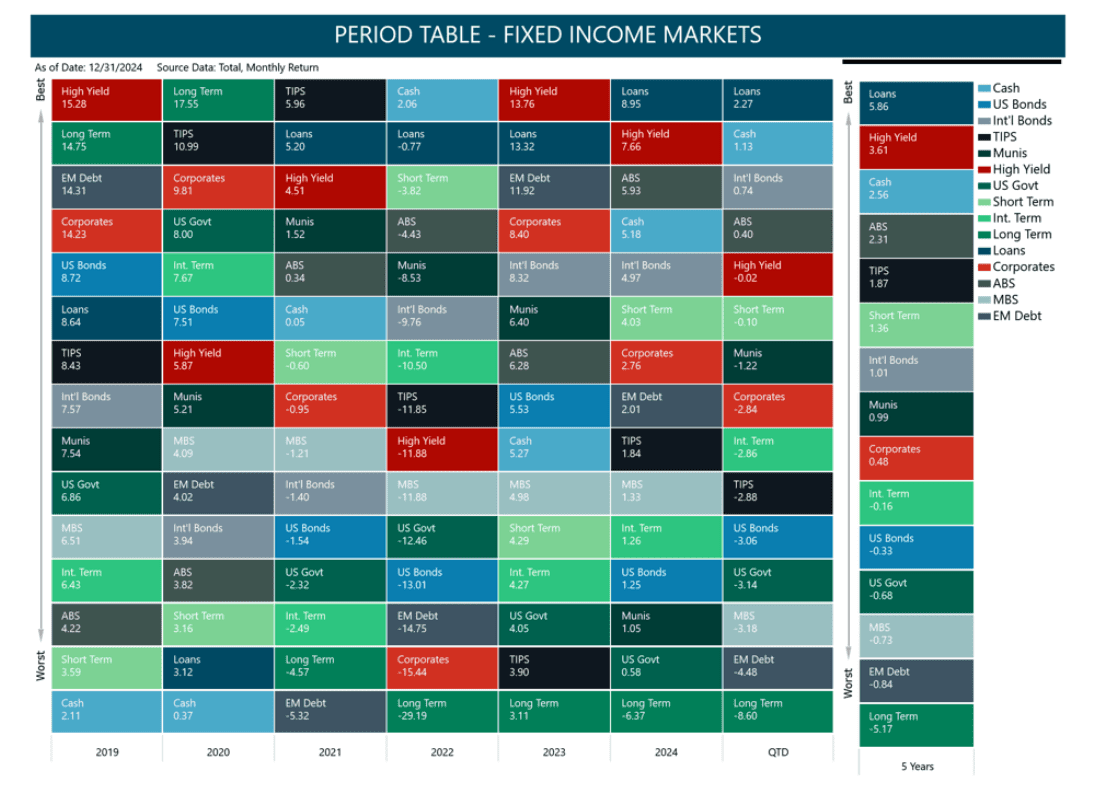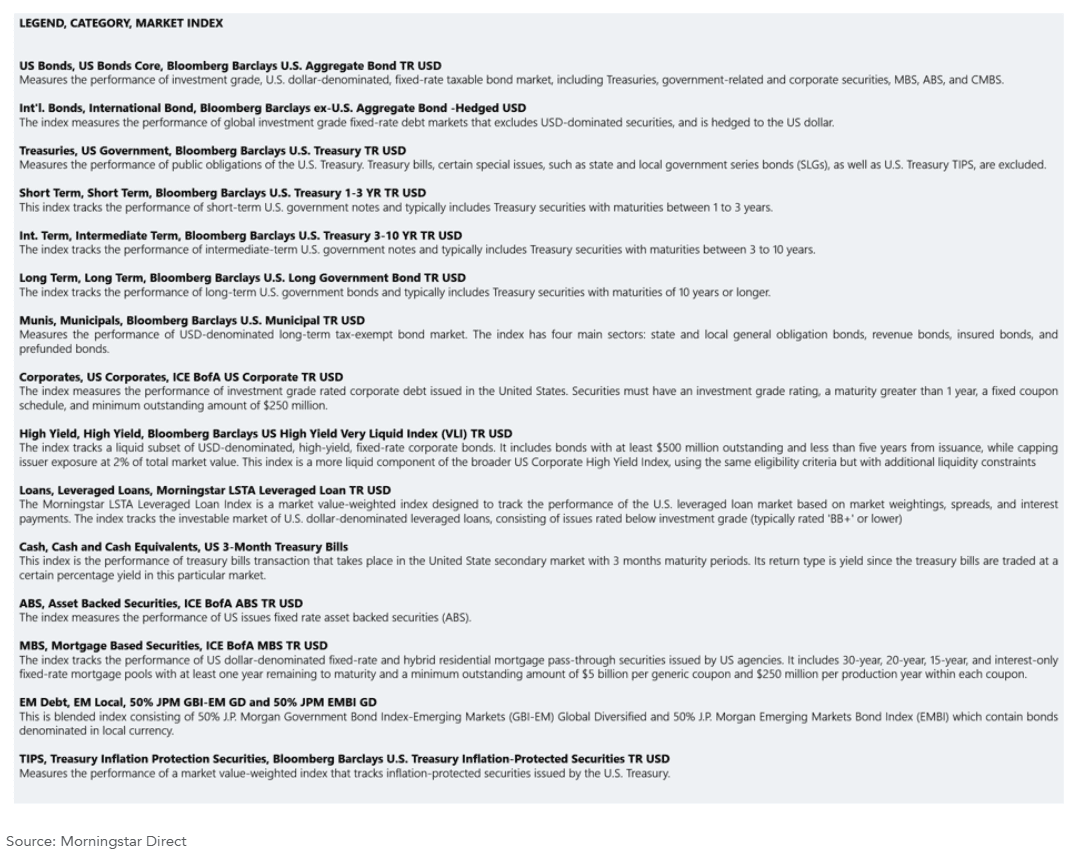Market Commentary | February 3rd, 2025
Market Commentary | February 3rd, 2025
Week in Review…
Major market indices experienced a volatile week driven by a combination of earnings releases, new entrants into the artificial intelligence sector, and the Federal Reserve’s rate decision. For the week ending January 31, 2025:
- The S&P 500 ended down 0.99%
- The Dow Jones Industrial Average led major indices up 0.27%
- The tech-heavy Nasdaq finished down 1.64%
- The 10-Year Treasury yield concluded at 4.541%

The Federal Reserve held its first Federal Open Market Committee (FOMC) meeting of the year and decided to keep the federal funds rate steady at a target range of 4.25% to 4.50%. Chairman Powell emphasized that the Fed would need to see “real progress on inflation” or unexpected weakness in the labor market before considering further rate cuts. This tempered expectations for rate reductions later in the year, as the Fed remains committed to controlling inflation before making policy adjustments.
The Bureau of Economic Analysis reported that the fourth-quarter real GDP grew at an annualized rate of 2.3%. Although this indicates ongoing economic resilience, it fell slightly short of forecasts, suggesting a cooling in consumer and business activity. Additionally, the Personal Consumption Expenditures (PCE) price index, the Fed’s preferred measure of inflation, increased by 0.3% in December, bringing the annual rate to 2.6%. This reinforced the Fed’s cautious approach, as inflation remains above the 2% target despite steady declines over the past year.
Financial markets saw notable volatility, particularly in sectors tied to Artificial Intelligence. Concerns over competition in the global market led to significant declines in equity prices, reflecting investor uncertainty about future growth prospects.
Trade policy also influenced market sentiment. Reports indicated that the administration is considering tariff adjustments on imports from key trading partners, sparking discussions about potential impacts on supply chains and inflation. While the overall economic outlook remains stable, uncertainty surrounding trade relations and monetary policy contributed to cautious investor sentiment.
These developments underscore the ongoing balancing act between controlling inflation, sustaining economic growth, and maintaining market stability. As the year progresses, the interplay between monetary policy decisions, economic indicators, and global trade policies will continue to shape the trajectory of the U.S. economy.
Spotlight

Stargate – America’s Bold AI Initiative
The Stargate initiative, unveiled by President Donald Trump on January 21, is a $500 billion joint venture aimed at bolstering the United States’ artificial intelligence (AI) infrastructure. This ambitious project brings together leading tech giants1, with the goal of positioning the U.S. as a global leader in AI technology while driving significant economic and technological progress.
Strategic Importance
Many prominent market analysts suggest Stargate may represent a pivotal shift in the approach to AI development and infrastructure. By creating a coalition model where competitors collaborate on shared infrastructure, the initiative addresses the growing need for advanced AI capabilities that exceed the capacity of individual data centers. This collaborative approach is suggested to be crucial for maintaining the U.S.’s competitive edge in the global AI race, particularly against China. The project’s strategic importance is further underscored by its scale and scope. With plans to construct 10 data centers initially, expanding to 20 locations of about half a million square feet each, Stargate aims to create a robust network of AI-powered infrastructure across the nation. The first data center is already under construction in Abilene, Texas, with potential sites being evaluated across the country.
Technological Collaboration
- Interdisciplinary Research: The Stargate initiative encourages interdisciplinary research, bringing together experts from AI, data science, cybersecurity, and other fields to foster innovation and address complex challenges.
- Open Innovation Platforms: By establishing open innovation platforms, Stargate aims to facilitate collaboration between academia, industry, and government, accelerating the development and deployment of cutting-edge AI technologies.
Economic Implications
The economic impact of Stargate is expected to be substantial, both in the short and long term:
- Job Creation: The initiative is projected to create over 100,000 new jobs, providing an immediate boost to employment and consumer spending.
- Infrastructure Investment: The massive $500 billion investment over four years will stimulate economic activity in construction, supply chain, and supporting industries.
- Technological Advancement: By enhancing AI capabilities, Stargate is suggested to drive innovation across various sectors, potentially leading to breakthroughs in fields such as healthcare. For instance, Oracle’s CEO highlighted AI’s potential in developing cancer vaccines.
- Global Competitiveness: The project aims to enhance U.S. dominance in AI technologies, attracting global investment and talent.
- Long-term Growth: The development of AI infrastructure is expected to create new economic opportunities and drive long-term growth in the tech sector and beyond.
- Environmental Stewardship: The initiative emphasizes eco-friendly practices in data center construction and operation, utilizing renewable energy and efficient technologies to reduce carbon emissions and support sustainability goals.
- Educational Initiatives: Stargate includes programs to enhance AI education and workforce training, preparing for an AI-driven economy. It also plans public awareness campaigns on AI benefits and ethics.
Investor Implications
The project has generated significant investor interest by:
- Boosting stock performance of involved companies
- Creating new investment opportunities in AI infrastructure
- Improving market sentiment toward AI technologies
- Highlighting potential in data centers and related tech sectors
Challenges and Considerations
Despite its promising outlook, Stargate may have to address several challenges:
- Funding Uncertainty: While the initial commitment is $100 billion, the source of the full $500 billion funding remains unclear.
- Geopolitical Implications: The involvement of foreign investors could raise questions about national security and technology transfer.
- Ethical Considerations: As AI capabilities expand, addressing ethical concerns and potential societal impacts will be crucial.
Following the recent advancements of the Deep Seek project, the Stargate initiative is said to stand out as a groundbreaking endeavor to transform the AI landscape in the United States. Its potential success could greatly enhance the U.S. economy, sustain technological leadership, and open numerous investment opportunities. However, achieving its full potential will require navigating the ambitious scale of the project and the intricate mix of technological, economic, and geopolitical challenges. This is particularly crucial as the U.S. faces increasing competition from China, which is also heavily investing in AI to secure its position as a global leader in technology.
Week Ahead…

The Federal Reserve’s decision to hold rates steady sets the stage for a crucial week of economic data, particularly concerning the labor market. BMO Capital Markets’ Michael Gregory highlighted that “the room to be concerned about stubborn inflation and thus more cautious about policy rate cuts is afforded by a sturdy labor market and the broader economy.” This coming week may either reinforce or challenge that assessment.
The labor market will be in focus, beginning with Tuesday’s Job Openings and Labor Turnover Survey (JOLTS) report, which provides insights into job openings and separations. Its importance is amplified by the 256,000 non-farm payroll jobs added during the covered period. Friday’s January non-farm payroll release will also be pivotal. Following December’s strong performance, another robust number would bolster the Fed’s confidence in its decision. However, the ongoing divergence between ADP and BLS payroll figures adds a layer of complexity. Friday also brings the unemployment rate, currently around 4.1%-4.2%; any significant shift could spark market volatility. Other key labor data includes jobless claims and average hourly earnings.
Beyond the labor market, a series of ISM reports will provide insights into the broader economy. Monday will feature the ISM Manufacturing report, followed by the ISM Services report on Wednesday. Investors will closely watch the Purchasing Managers’ Index (PMI) to gauge sector expansion or contraction, and the Prices Paid component for inflation signals. Thursday’s Nonfarm Productivity and Unit Labor Costs reports will offer additional clues about inflation. In general, productivity growth can enable wage increases without causing inflation, while unit labor costs are a leading indicator of consumer inflation.
This content was developed by Cambridge from sources believed to be reliable. This content is provided for informational purposes only and should not be construed or acted upon as individualized investment advice. It should not be considered a recommendation or solicitation. Information is subject to change. Any forward-looking statements are based on assumptions, may not materialize, and are subject to revision without notice. The information in this material is not intended as tax or legal advice.
Investing involves risk. Depending on the different types of investments there may be varying degrees of risk. Socially responsible investing does not guarantee any amount of success. Clients and prospective clients should be prepared to bear investment loss including loss of original principal. Indices mentioned are unmanaged and cannot be invested into directly. Past performance is not a guarantee of future results.
The Dow Jones Industrial Average (DJIA) is a price-weighted index composed of 30 widely traded blue-chip U.S. common stocks. The S&P 500 is a market-cap weighted index composed of the common stocks of 500 leading companies in leading industries of the U.S. economy. The NASDAQ Composite Index is a market-value weighted index of all common stocks listed on the NASDAQ stock exchange.



